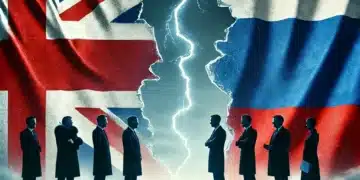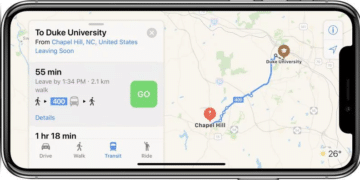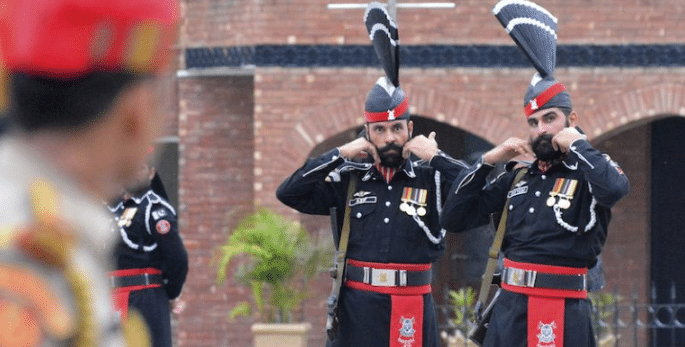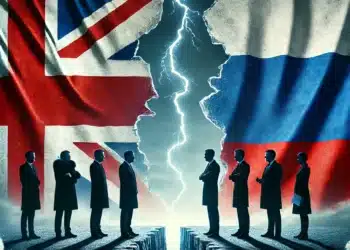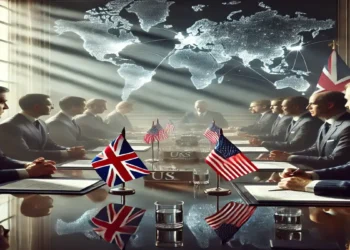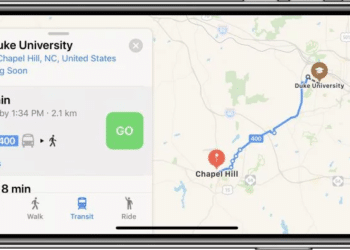With thousands of spectators dancing and shouting nationalistic slogans, and the military of the two countries threateningly pretending to clash
Every day for over 70 years at the border crossing of Wagah-Attari, between India and Pakistan, there has been a strange and funny military ceremony that over time has also become an attraction for foreign tourists. Thousands of people gather on both sides of the border to witness a “near-clash” between the soldiers of the two countries, who play a part like in a play that is repeated every day. The ceremony, which ends each time with the simultaneous lowering of the flags of the two states, is above all a celebration “of one of the most powerful forces in the world today: nationalism,” wrote the New York Times.
The Wagah-Attari ceremony works like this: the Indian and Pakistani soldiers, initially divided by a closed gate, prepare on their respective sides of the border for “direct confrontation” by playing drums and drums, shouting nationalist slogans and inciting the crowd, especially on the Indian side.
Then the gate is opened, the approach of the respective soldiers to the border line begins, with military marches, looks and moves between the funny and the threatening, like the gesture of the Pakistani soldiers to smooth their moustaches. The most important moment of the ceremony takes place almost towards the end, when two Pakistani soldiers and two Indians – all four wearing a particular headgear with a sort of fan on top – “face each other” on the border line, pretending to start a physical confrontation: the confrontation never begins and after a few seconds the two couples move away from each other.
The ceremony ends with the simultaneous lowering of the two flags and the closing of the gate (here you can see a long version of the ceremony, shot from the Indian side of the border).
The border ceremony in Wagah-Attari brings together thousands of people every day, including fervent nationalists from two countries who have been opponents of each other since they were born in 1947. India and Pakistan have fought several border wars over the past 70 years, though mostly of low intensity.
Last year, relations between the two countries deteriorated again for the Indian Kashmir region, which is controlled by India but mainly inhabited by Muslims and claimed by Pakistan. The two countries bombarded each other and there was fear of a new war starting, which is even more worrying considering that both countries possess the nuclear weapon. Even during the crisis, however, the Wagah-Attari ceremony – a tradition that has been going on since the border was demarcated in the 1940s – has never been interrupted.
N.K. Singh, a former Indian official who worked on the border for many years, told the New York Times: “The idea behind the ceremony is that I understand you and you understand me. It’s not a confrontation. It’s a demonstration of the best of both sides.”
The ceremony is much more heartfelt and participated in by the Indian side, where the military is often forced to restrain hundreds of young people who, driven by patriotic slogans, are driven to the security barriers.
The scenes that are seen every day in Wagah-Attari are not so surprising. For some years now there has been a significant increase in nationalism in India, fuelled by the government led by Prime Minister Narendra Modi, who has recently been highly criticized for a controversial citizenship law that particularly penalizes Muslims. The same nationalistic fervor is not present in Pakistan, a country that has been going through a rather serious economic crisis for some time and deeply marked by the violence of the last two decades, mainly caused by terrorism.

